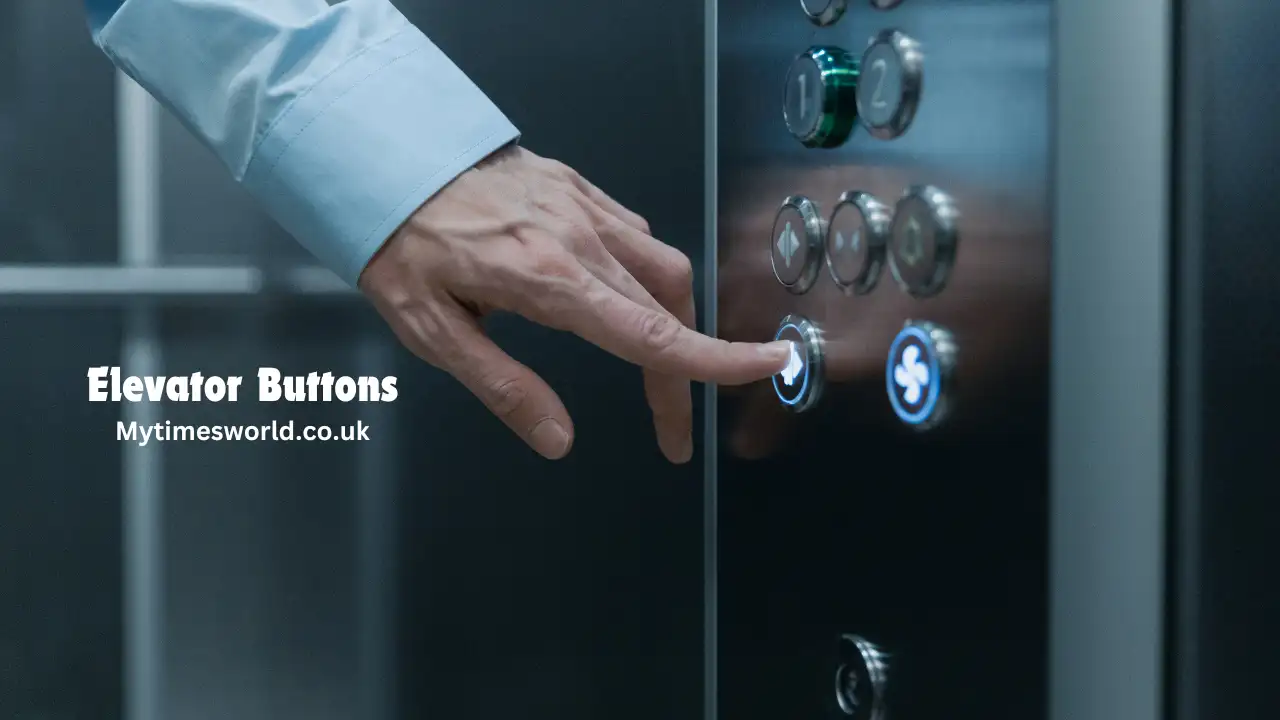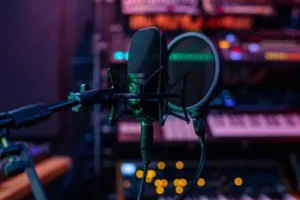Introduction
Imagine stepping into an elevator and not seeing any buttons. How would you navigate? Buttons are often overlooked, yet they’re crucial for guiding us between floors with ease. Elevators have become indispensable in urban life, helping us save time and energy. But it’s the buttons—the small yet mighty interface—that allow us to interact seamlessly with this technology.
History of Elevator Buttons
The Early Days of Elevators: Manual Operation
Elevators in their earliest form were manually operated, often requiring a lever or a trained attendant to control the ascent and descent. These systems, while functional, lacked the convenience we take for granted today.
Introduction of Push-Button Technology
The invention of the push-button in the early 20th century revolutionized elevator use. Suddenly, users could select their destination with a simple press. This shift not only simplified operations but also made elevators accessible to the general public.
Key Milestones in Elevator Button Evolution
From illuminated buttons to those that emit sound, elevator buttons have undergone several upgrades. Features like Braille for visually impaired users and modern touch-sensitive panels are results of ongoing innovation.
Design and Functionality
The Science Behind Button Design
Good button design combines functionality with user experience.
- Haptic Feedback
Ever felt a slight vibration when pressing a button? That’s haptic feedback—a subtle way to confirm that your input has been registered. - Visual Cues
Illuminated buttons indicate active selection, ensuring clarity even in low-light settings.
Accessibility Features: Universal Design Principles
Inclusive design ensures that everyone, including individuals with disabilities, can use elevator buttons. Features like Braille and auditory signals enhance usability for all.
Button Placement: Ergonomics in Action
Placement is key. Buttons are strategically positioned at a height that is reachable for people in wheelchairs, children, and those of varying heights.
Technological Advancements
Touchscreen and Digital Controls
Traditional buttons are giving way to sleek, touchscreen panels. These panels can display dynamic content, such as advertisements or emergency messages.
Voice-Activated Elevator Systems
Voice commands are now a reality in some modern elevators. Simply stating your desired floor can trigger the system, reducing physical contact with buttons.
Smart Elevators: Integration with IoT
Smart elevators connect to broader building systems. They can predict peak usage times, optimize stops, and even send maintenance alerts when buttons malfunction.
Safety and Durability

Materials Used in Elevator Buttons
Stainless steel and reinforced plastic are commonly used to ensure durability. These materials can withstand repeated use and harsh conditions.
Safety Standards and Regulations
Strict standards govern the manufacturing of elevator buttons to ensure user safety. Anti-microbial coatings, especially post-pandemic, have become an industry standard.
Durability Testing: Ensuring Long-Term Reliability
Before being installed, buttons undergo rigorous testing to simulate years of use. This ensures they function reliably under constant pressure.
Cultural and Aesthetic Considerations
Elevator Button Design Across the Globe
In Japan, buttons often incorporate Kanji characters, while in Europe, multi-language displays are common. Cultural preferences influence button aesthetics and layout.
Aesthetic Trends in Button Panels
Minimalist designs with touch-sensitive panels are becoming the norm. Yet, retro-style mechanical buttons still hold nostalgic value in certain settings.
Customization for Luxury Elevators
In high-end buildings, elevator buttons can be customized with precious metals, intricate designs, and unique lighting effects.
Maintenance and Troubleshooting
Common Issues with Elevator Buttons
From stuck buttons to non-responsive panels, issues can arise due to wear and tear or electrical faults. Regular inspection helps prevent major malfunctions.
Maintenance Practices for Longevity
Routine cleaning and servicing ensure buttons remain functional and hygienic. Anti-microbial surfaces have made this easier in recent years.
The Future of Elevator Buttons
Predicting Trends in Elevator Technology
As technology evolves, buttons may become obsolete, replaced by AI-driven systems that predict your destination based on behavior or schedules.
The Role of AI in Future Elevator Interfaces
AI could make elevators even smarter by personalizing user experiences, such as recognizing individuals and automatically setting their preferred floor.
Conclusion
Elevator buttons may seem insignificant, but they’re a cornerstone of modern vertical transportation. Their evolution reflects advancements in technology, design, and inclusivity. As we move toward smarter systems, these humble buttons remain a testament to human ingenuity.
FAQs
- Why are elevator buttons arranged the way they are?
Buttons are arranged in a logical sequence to match the floors they serve, making it intuitive for users. - How are elevator buttons made to be durable?
They’re crafted from strong materials like stainless steel and undergo rigorous testing to ensure reliability. - What does “haptic feedback” mean in elevator buttons?
It’s a tactile response, like a vibration, confirming that your input has been registered. - How do elevator buttons support accessibility?
Features like Braille, audible signals, and strategic placement make them usable for everyone. - What advancements can we expect in elevator buttons in the future?
AI, voice commands, and touchless interfaces are set to redefine how we interact with elevators.







Be First to Comment